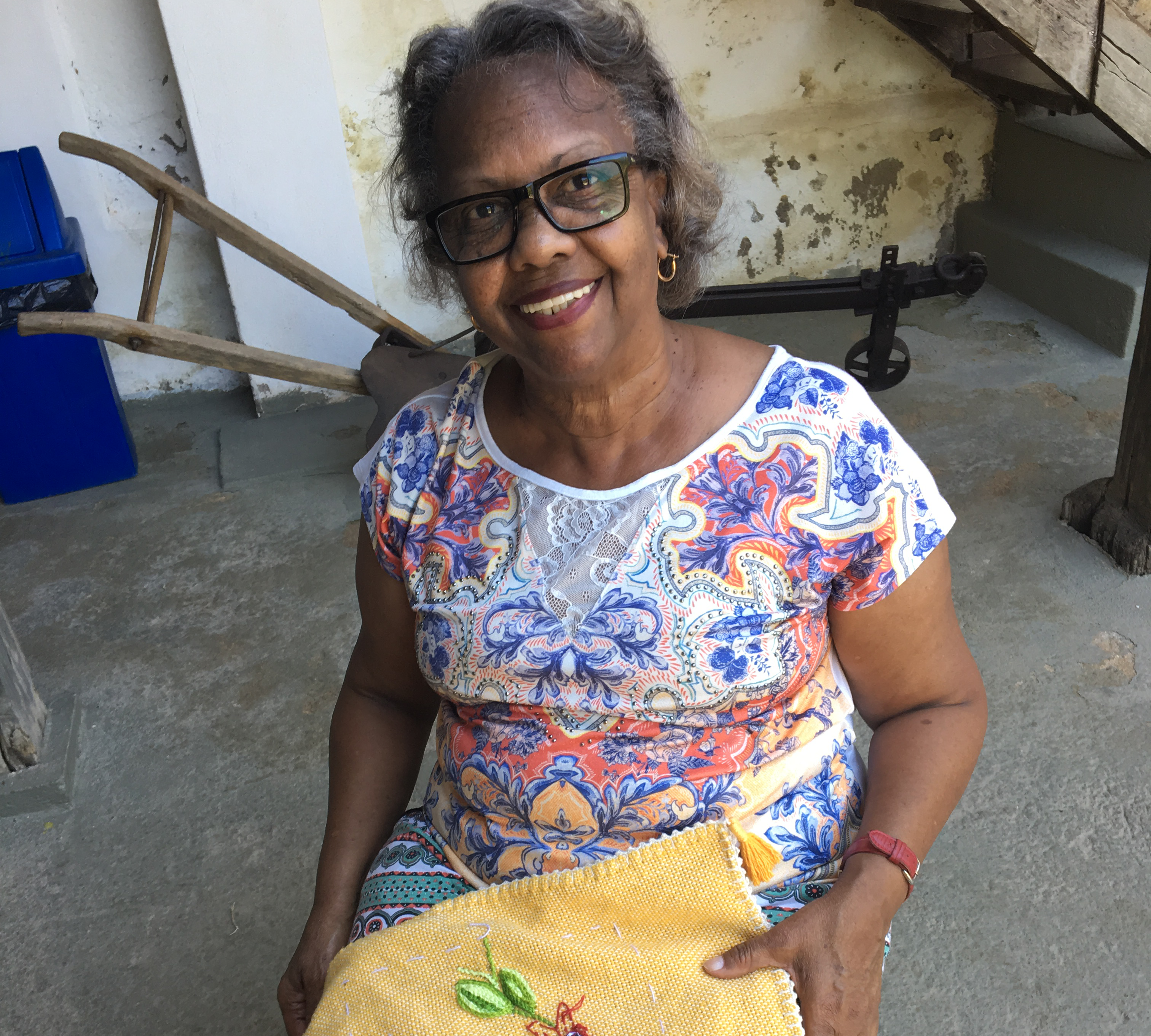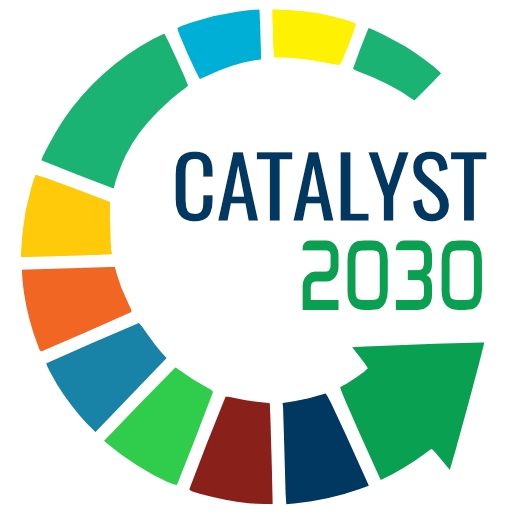
Raízes Sustainable development is a social business that has its own methodologies for monitoring projects and creating qualitative indicators. Since its foundation in 2006, we have developed projects in all regions of Brazil and in Cape Verde, on the African continent, directly impacting about 200,000 people and indirectly more than 3 million, via more than 70 initiatives. Most of these initiatives are focused on traditional communities, vulnerable populations, and women.
For us, it is essential to monitor the project in all of its stages, from start to finish. That is why we use flexible strategies and metrics in order to design the entire journey. Thus, we are able to think collectively along with the beneficiaries and define qualitative indicators that help us measure whether the activations have reached their desired goal or not.
Project monitoring
Raízes believes in projects based on the purpose behind the so-called theory of change – which means understanding the main goal of that initiative will always be to transform the reality of the beneficiaries in question. In order to better achieve this, we need to customize each project according to a defined objective and to respect the diversity of its audience.
Since a good share of our beneficiaries are entrepreneurial people, for example, we seek to look creatively and assertively at the challenge of accelerating these businesses. Collectively, we are able to build this journey together in order to know exactly where we want to go, as well as defining clear goals and indicators for it.
Creation of qualitative indicators
In order to map the monitoring of a project, Raizes uses qualitative indicators, which consist of a series of questions that are divided by pillars and then by blocks. As such, we are able to score the core template of the organization, depending on the level of its development.
Another factor that influences the creation of these qualitative indicators is the size of the project. If it is long-lasting, we use markers throughout its course in order to punctuate the evolution of the planning.
One of the methodologies used for such studies is the Radar Chart. It is very useful in order to analyze behavioral issues, such as the use of phrases and habits – which change as the project progresses, and therefore transform the reality of the beneficiaries.
It is important to emphasize that the monitoring of projects and qualitative indicators help us to visualize not only data, but an overview of the positive impact of the initiative on the lives of the people benefited by it.
Far beyond numbers
We are proud to say that many stories have unfolded along our journey. It is visible how we positively impact the lives of the beneficiaries of the projects we develop, as is the case with the female artisans of the Embroidery of Ipoema Project. Many of these women have been able to rediscover the joy of living, regain their self-esteem and strengthen their identity.
“Sometimes, when we ask these women what is it that they do, they shyly reply that they are ‘just’ housewives, or ‘make crafts’, in a pejorative way, often putting themselves down. They end up not recognizing, or being able to name their profession. Later on, by the end of the project, we get to see these very same women starting to define themselves as entrepreneurs and artisans,” says Mariana Madureira, director and co-founder of Raízes.
At Raizes, we act as a doer of actions. A consultancy, at different levels, depending on what it takes to achieve the expected result.
Would you like to hire Raízes Sustainable Development in order to monitor your projects and help you create qualitative indicators? Contact us to learn more about our proposals for your business.

